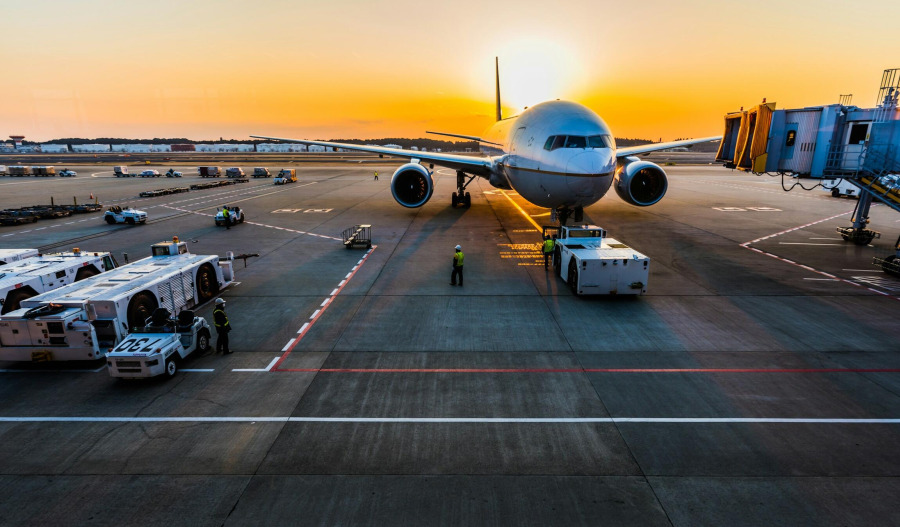As the federal government shutdown stretches beyond one month, American confidence in the economy is sinking fast with the University of Michigan’s latest survey revealing consumer sentiment hovering near record lows — a clear sign that frustration is spreading nationwide.
Across the country, millions of Americans are growing more anxious as the government shutdown drags on, halting paychecks, freezing federal programs, and creating a fear that the worst is yet to come.
The University of Michigan’s November 2025 survey shows that consumer sentiment fell sharply to 50.3, down from 53.6 in October.
That represents a 6.2% decline in a single month and is nearly 30% lower than a year ago.
The last time confidence was this low was in June 2022, when inflation was hitting 40-year highs.
According to Joanne Hsu, the survey’s director, the ongoing shutdown is the main driver of consumer pessimism.
“With the federal government shutdown dragging on for over a month, consumers are now expressing worries about potential negative consequences for the economy,” she explained.
And those worries don’t discriminate — they’re being felt across all ages, income groups, and political affiliations.
In addition to measuring the broader consumer outlook, the survey also painted a broader picture of financial strain.
The Current Conditions Index, which tracks how people view their present financial situation, dropped nearly 11% to 52.3 — the lowest level ever recorded since the measure began in 1951.
Meanwhile, the Future Expectations Index, reflecting how people see the next six months, fell to 49.0, down another 2.6%.
It’s understood that the sharp falloff in the expectations of consumers has as much to do with the sorry state of U.S. politics as it does with federal workers going without pay.
While families dependent on food assistance or SNAP benefits are struggling as funding delays ripple through communities, so too middle-income Americans — often thought to be somewhat shielded from crises — are feeling the pinch.
“Segments of the population are increasingly dealing with tighter financial conditions. That’s true for federal workers and those depending on food aid, but it’s also true for middle-income Americans,” said economist Elizabeth Renter from NerdWallet.
However, not everyone is losing confidence, with the University of Michigan survey also finding that people with large stock holdings actually saw their sentiment rise by 11%.
While this cohort is likely to be benefitting from record highs in stock prices, that optimism isn’t trickling down to households struggling with day-to-day expenses.
Adding to the confusion is a lack of fresh government data.
With monthly reports that track the U.S. economy’s health due to the government shutdown, investors and policymakers are flying blind, relying on smaller, privately funded surveys instead.
Private data sources like ADP and Challenger, Gray & Christmas show a worrying trend, with job growth slowing and layoffs rising.
ADP reported that private employers added only 42,000 new jobs in October, while employers announced more than 153,000 job cuts, the highest for any October since 2003.
According to critics like Alex Jacquez, from the Groundwork Collaborative, the political gridlock is to blame.
“Americans are losing faith in the economy because they’re losing ground. Every day it becomes clearer that President Trump has no real interest in improving the lives of American families.”
Whether you’re a federal employee, a middle-class worker, or a small business owner, this shutdown is taking a toll on confidence — and confidence is the heartbeat of any economy.
When people stop believing things will get better, they spend less, invest less, and brace for the worst.
Until the political elite in Washington can find common ground, consumer sentiment may continue to slide — and with it, the fragile optimism that keeps America’s economy moving forward.

Join our community of decision-makers. No card required
Join now

